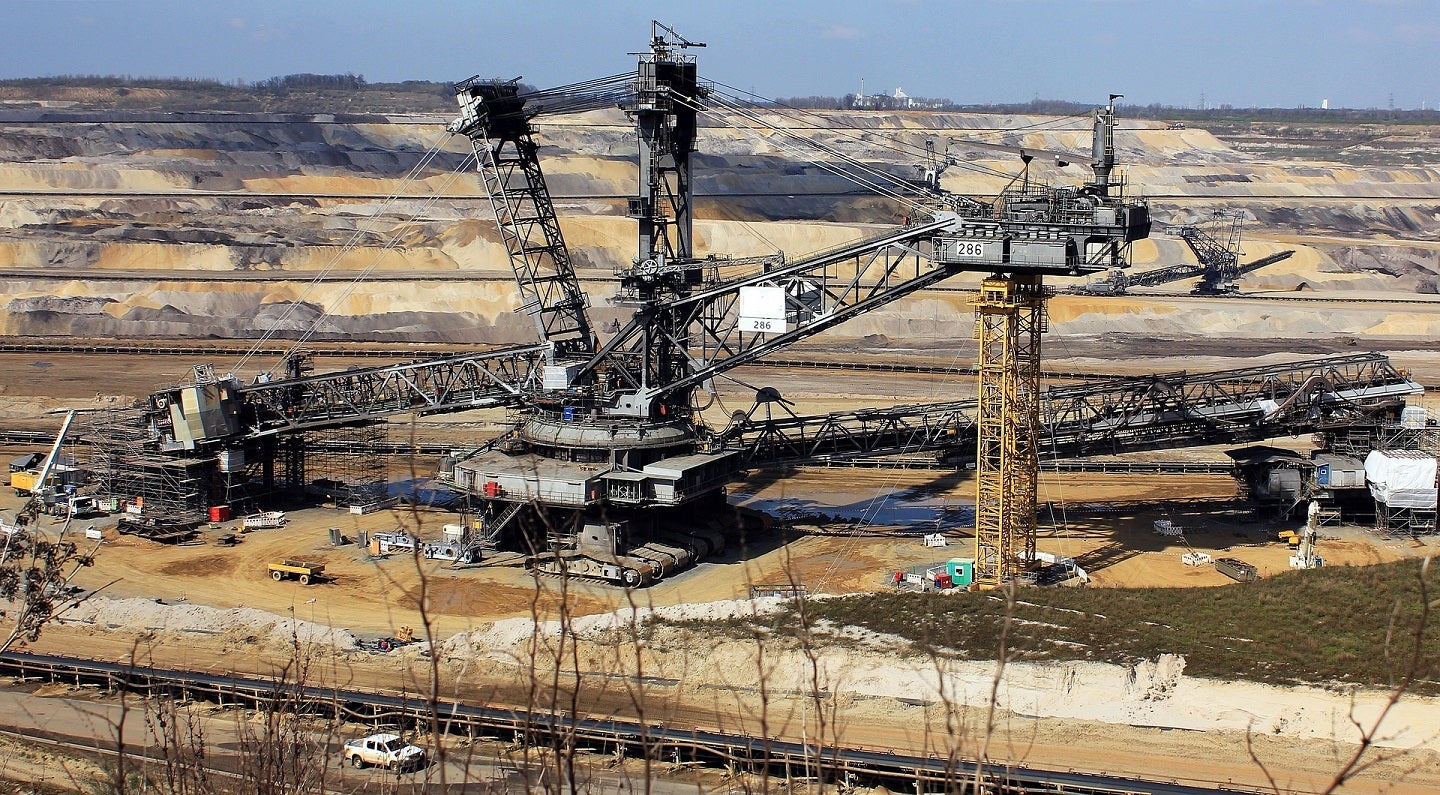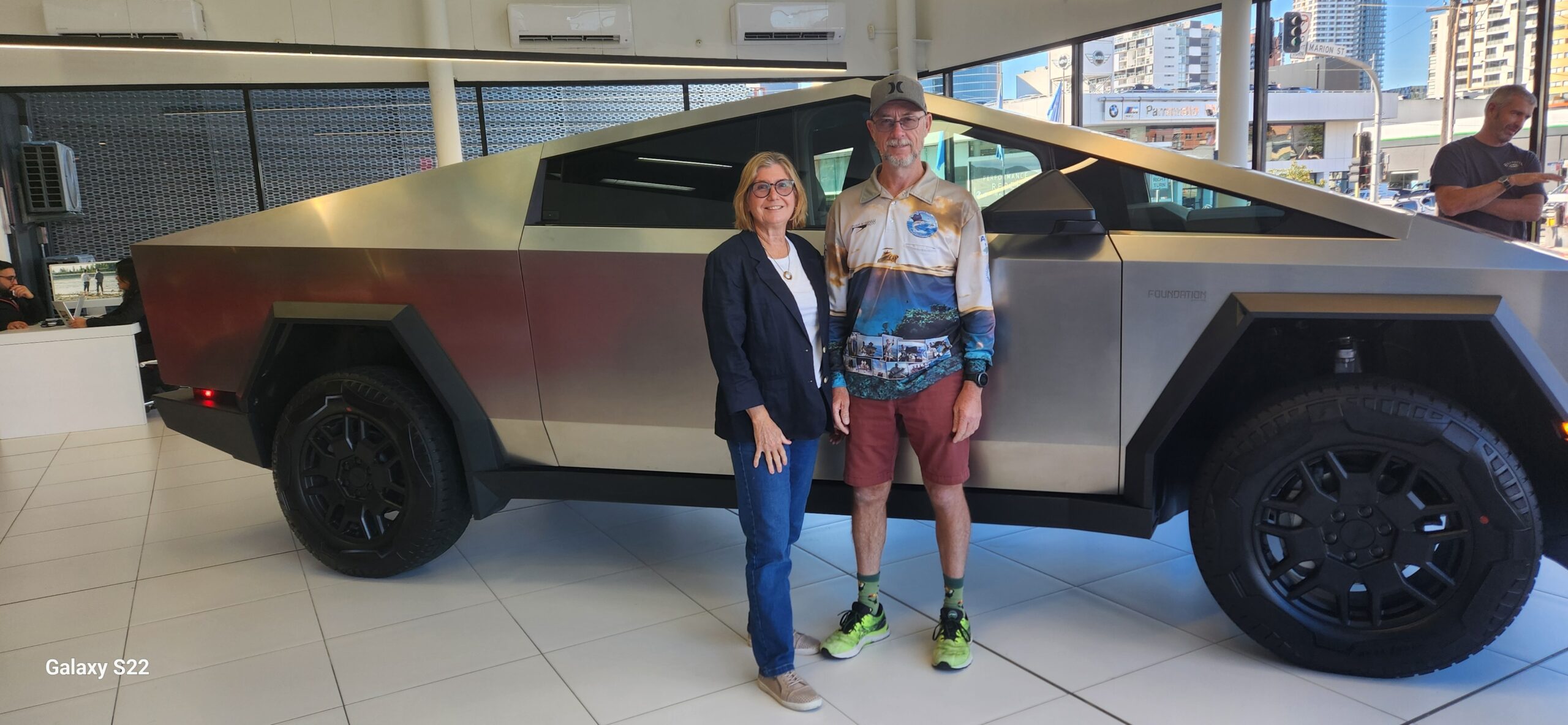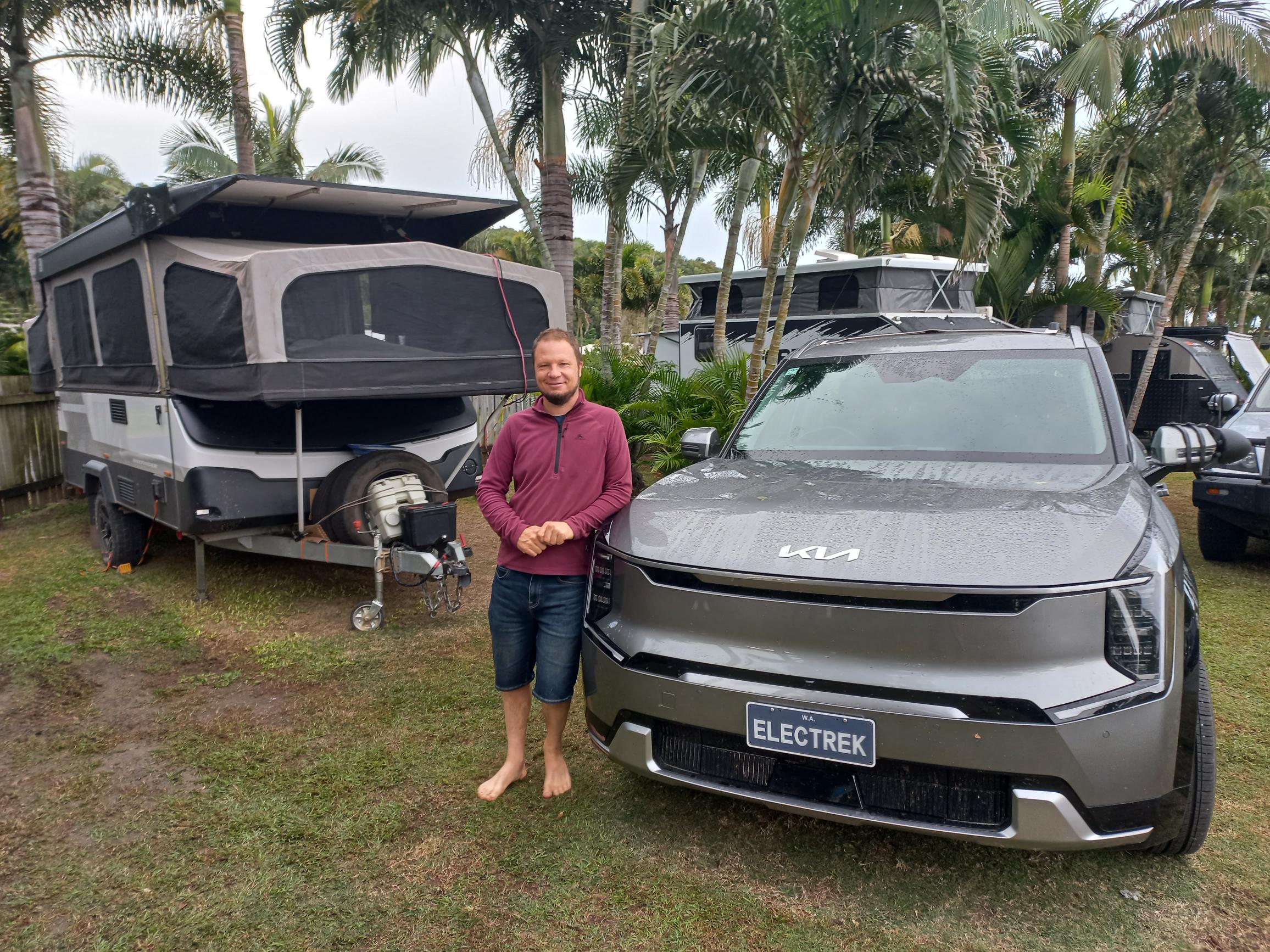
Due to their range of applications in the production of energy transition technologies, critical minerals will be among the most important and desired mined materials over the next 20 years.
The International Energy Agency (IEA) notes that critical minerals experienced strong demand growth in 2023, with lithium demand rising by 30%, and nickel, cobalt, graphite and rare-earth elements all seeing increases ranging from 8% to 15%. The mining industry therefore faces the historically significant challenge of providing the supply necessary to avoid bottlenecks and destabilising price spikes. Will traditional discovery methods be sufficient to unearth the vital deposits?
Mining Technology sat down with Lorraine Godwin, vice-president of VerAI Discoveries, to discuss how AI can be used to accelerate the detection of economically significant critical mineral deposits.
Alfie Shaw (AS): What’s wrong with the current method of prospecting in mining, and how can AI be used to address this issue?
Lorraine Godwin (LG): The demand for critical minerals continues to go up but at the same time our ability to create that new supply is not keeping up. Based on the latest figures released by the IEA, the demand gap for critical minerals such as copper is just going to keep growing through to 2050. In fact, the number of copper discoveries continue to fall. Any discoveries that are made are around existing mines, and we are not finding a lot of new discoveries. At the same time budgets are increasing despite the lack of new discoveries.
Under the current scenario, we are never going to meet the word’s critical mineral supply needs. We have made many of the low hanging fruit discoveries, the deposits near the surface, but how are deeper deposits going to be found? This is the problem we are trying to solve with AI.
We look for economic deposits, not just mineralisation, in areas that traditional methods cannot cover. We are using AI for a different approach to discovery and to revolutionise the way we can predict the next big deposits.
Access the most comprehensive Company Profiles on the market, powered by GlobalData. Save hours of research. Gain competitive edge.

Your download email will arrive shortly
We are confident about the unique quality of our Company Profiles. However, we want you to make the most beneficial decision for your business, so we offer a free sample that you can download by submitting the below form
By GlobalData
AS: How does the AI discovery process work?
LG: The industry currently accepts that the ratio of mines that are fully developed to those where a discovery is made is currently 1:1,000. We are trying to change this ratio. Also, the time it takes to get from discovery to drilling can be quite a few years. We want to change this as well. We are trying to derisk the early-stage discovery process so that more of these projects get to the mine development stage, so the odds are more like 1:10. Also, instead of three to four years, we are looking to reduce that time to four to six weeks.
Traditionally, in the discovery process there is a lot of subjectivity. I have seen two geologists with two very different hypotheses about what is going on below the surface, and it is all based on their knowledge and past expertise. You can have very open-ended hypotheses which require additional site investigation to work out.
What we are trying to do is take a much more systematic approach by using data that is objective and using AI to find patterns in the data that our eyes just cannot see, or that is outside the grasp of expert knowledge. We use geophysics data. For us it is not about a big data approach, which is what some other AI companies are doing to approach this problem. They are using all different kinds of data, but the problem with this is that the data can be sporadic and intermittent.
We use geophysics as we see it as the right data for the challenge, because it is usually collected in huge swathes at tight line spacing, so you get very high-resolution data over a given area. We then create an AI model in that same area of interest and train it on a known deposit that is considered economic. This could be a mine that is already producing copper or an advanced project where they have defined a resource that they know is going to be economic. We are training the AI to know what we are looking for. Our hypothesis is that these economic deposits do have some sort of unique characteristics, and they share commonalities with other deposits of the same type or size, and we train the AI to go and find this.
AS: Which critical minerals is the technology capable of discovering?
LG: We have successfully tested it on eight different mineral types including copper, gold, lithium, nickel, silver and zinc, and we are now working with US Critical Minerals on a rare earth project.
AS: What sort of time frame are you looking at to improve the development to discovery ration from 1:1,000 to 1:10?
LG: Well, we have already achieved it. We have done a lot of blind testing on different types of validation, including blind testing in North America and South America on different commodity types. The way we did blind testing was training the AI on known economic deposits or advanced projects in the known area, and then instructing it to look in the adjoining areas. We do not give the AI any information about the new area and we do a blind test based on the patterns we are trying to find. We then went and validated the outcome against the known mines or advanced projects that we had not told the AI were there.
So far, we have been getting very good statistics on that testing. For example, in Arizona we built a profile on the Pima copper deposit, a very large known deposit, and then we trained the AI to find similar patterns. We then generated a few targets and one of the targets was a known economic deposit that we did not tell the AI was there. So, we are getting good statistics. We also believe that as we drill and validate further, the probability of economic discovery by the AI will improve as it continues to learn.
AS: On the business front, how will your partnerships with companies work?
LG: Our business model is a bit different. We are not looking to be a fee-for-service type business, nor do we want to be the explorers or operators of mines. We want to focus on early-stage discovery. That is what we are good at. We believe we can improve the odds of prediction, so that we can help our partners know where to start, finding that needle in the haystack, and then they come in and do what they do best as they develop and advance the project. We are looking for exposure to the upside if our AI targets lead to a discovery. Again, we are not just trying to find mineralisation but something economic and we want a share in the success. So we are looking for joint venture-type partnerships.
AS: Would you enter a partnership before you made a discovery or do you go and make a discovery and say: “Look, we found this economic deposit, who wants to develop it?”
LG: We have generated our own portfolio of AI projects. We know the blind test was successful in picking up something economic and so we have gone and staked out those targets. If the land in which we have made the discoveries is open and free, we stake those claims and then look to bring partners in. In other cases, we are getting approached by partners with their own land, so they have already got claims staked. They ask us to come in and see if the technology finds anything, and if we are successful we will put a partnership agreement in place.
AS: How can use of the AI technology help benefit the environment?
LG: You do not have to do as much site investigation work. With a lot of exploration programmes, they just drill all over the place. There is a lot of ground disturbance, high costs and a lot of potential environmental impact. We are trying to reduce that as if we tell you where to start, and then enable very high drill precision, you do not have to put as many drill-holes in the ground. You do not have to strip, you do not have to trench and you do not have to do all the ground disturbance that would normally be part of an exploration programme.
AS: Where in the world are you looking to apply the technology?
LG: We have now tested our technology in Canada, the US, Mexico, Chile and Peru, and we are open to other parts of the world such as Australia. Australia is a classic example of where a lot of the easy deposits have been found and the next ones will be under areas of concealment.
AS: Do you have any competitors creating a similar technology to VerAI’s?
LG: Yes, there are competitors, but the difference is they are taking a big data approach. The challenge with this is that you can bring bias into your data model. We find its better to work with geophysics data; working as closely to the original data as it is collected from the geophysical instrument as possible. You remove a lot of human bias that could weaken your AI model this way.
With geophysics data, we are also not just using surface data, we are looking deep into the earth, as we believe the next deposits are going to be much deeper than what we are finding today.
AS: When is the watershed moment going to happen for AI in mining? When will companies see the need for AI to make discoveries rather than traditional methods?
LG: I think it is already happening. At mining conferences, AI is at the forefront of most keynote speeches. Major mining companies are all rushing to develop this technology, whether they are working in house or trying to partner with groups like us to advance the technology quickly. They see how AI is impacting other industries like the medical industry, law or accounting, and how it is changing the game very quickly. The problems we are trying to solve with pinpointing location are very similar to the challenges some other industries are solving today.
AS: In other industries there are fears over how AI could displace human labour. Could this occur in mining?
LG: I think in mining AI will help speed up early-stage discovery, and it will help geoscience experts focus their time and effort. So, I think it shifts where we apply our expertise, but it does not replace people in terms of labour. AI cannot operate in isolation either. It needs the geo experts, the people that understand the rocks of the land and how to turn [a discovery] into a mine. AI is just going to allow people to focus their time and effort.
Sign up for our daily news round-up!
Give your business an edge with our leading industry insights.




